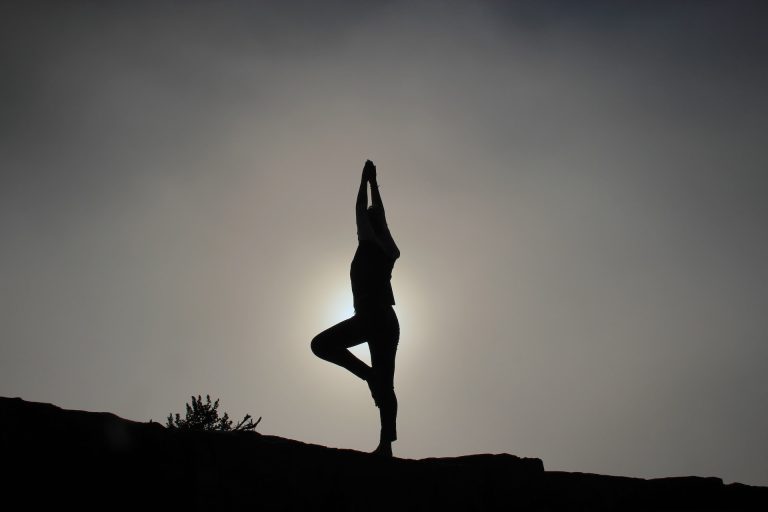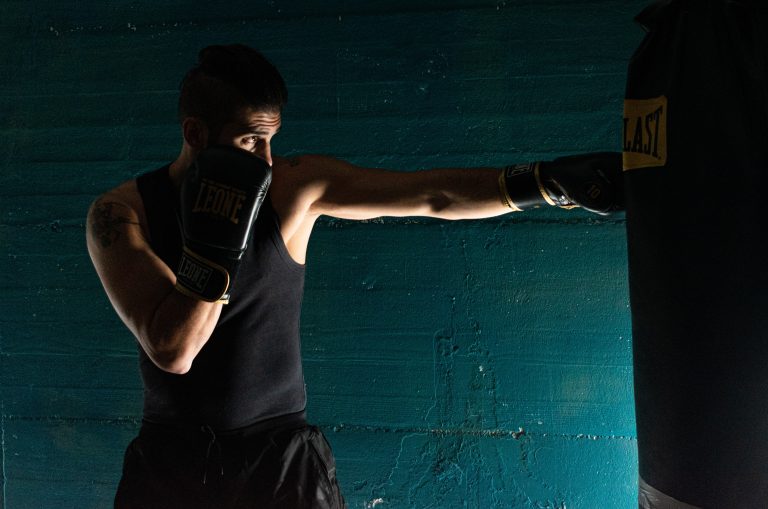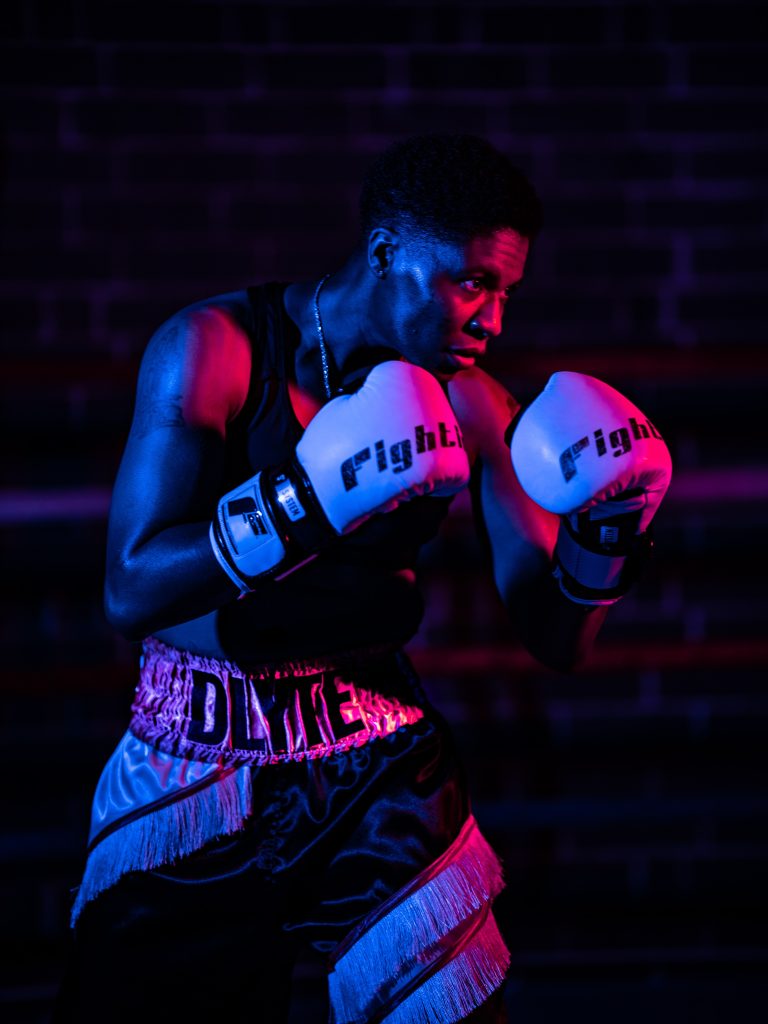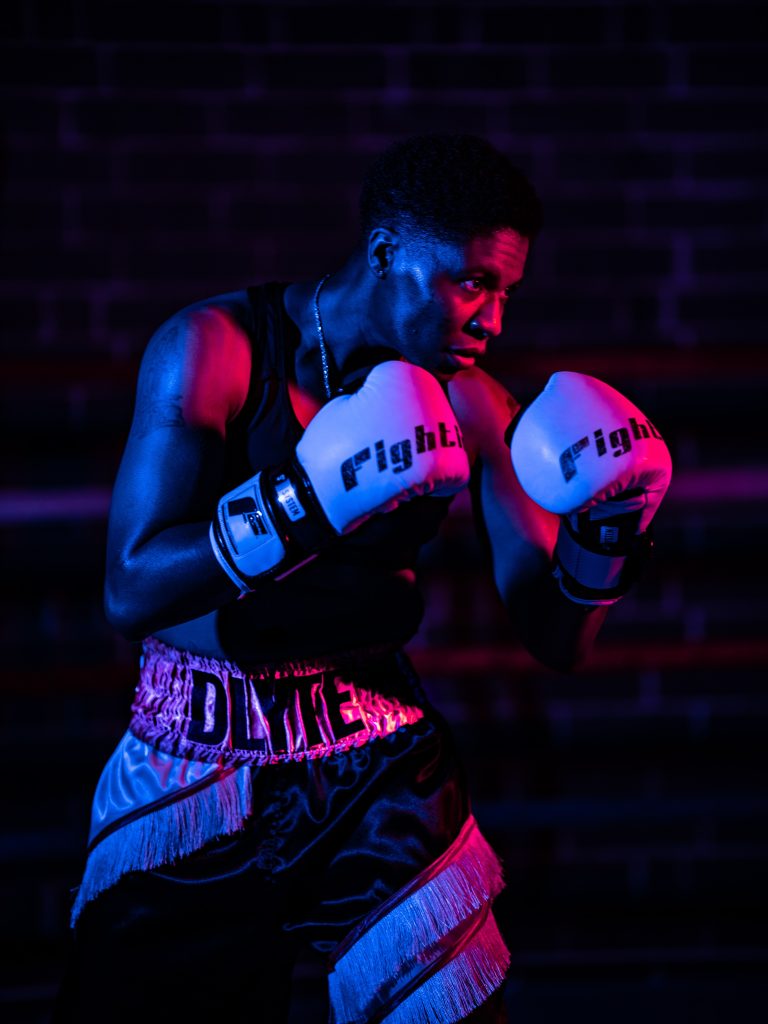Why Karate is Considered Useless?
Karate has been a popular martial art for centuries, but in recent years, it has gained criticism for being ineffective in real-life situations. Many people believe that karate has no practical value in modern life, and that there are far superior self-defense systems available. In this article, we will explore why karate is considered useless and discuss its limitations.
What Is Karate?
Karate originated in Okinawa, Japan, and is a striking-based martial art that uses punching, kicking, and knee and elbow strikes. It also involves grappling and joint-locking techniques, as well as throwing and sweeping moves. Karate has been featured in many popular movies and TV shows, and it continues to be practiced by millions of people worldwide.
The Limitations of Karate
While karate may be entertaining to watch in movies, it has several limitations when it comes to real-life self-defense situations. Here are some of the main reasons why karate is considered useless by many people:
1. Sport vs. Reality
Karate has become a sport rather than a self-defense system. The rules of competitive karate dictate that competitors must wear protective gear, and striking certain areas of the body is not allowed. As a result, karatekas are trained to score points rather than to defend themselves against an attack. In a real-life situation, an opponent is not going to follow any rules or guidelines, which can make karate ineffective.
2. Limited Techniques
Karate has a limited range of techniques that can be used in a real-world scenario. For example, the jumping and spinning moves commonly seen in competitive karate have no practical use in a self-defense situation. The majority of karate techniques are designed to be used against an opponent who is also using karate, making them less effective against attackers who use other styles or methods.
3. Lack of Realistic Training
Karate training focuses heavily on forms or katas, which are pre-set sequences of movements. While these forms can help to develop muscle memory and technique, they do not accurately simulate real-life scenarios. In addition, traditional karate training does not include sparring against multiple attackers or grappling situations, which are common in self-defense situations.
What Are the Alternatives to Karate?
So, if karate is not an effective self-defense system, what are the alternatives? Here are some popular options:
1. Krav Maga
Krav Maga is a self-defense system developed by the Israeli Defense Forces. It is designed to be simple, practical, and effective in real-life situations, and it focuses on natural instincts and movements. Krav Maga is known for its aggressive techniques and emphasis on situational awareness.
2. Brazilian Jiu-Jitsu
Brazilian Jiu-Jitsu (BJJ) is a grappling-based martial art that emphasizes technique and leverage over strength and size. BJJ practitioners are trained in submissions, ground fighting, and take-downs, making it an effective self-defense system against larger opponents.
3. Muay Thai
Muay Thai is a striking-based martial art that originated in Thailand. It is known for its powerful kicks, knee strikes, and elbows, making it an effective system for both self-defense and competition. Muay Thai training involves heavy bag work, pad work, and sparring, preparing practitioners for real-life situations.
Why is Karate So Useless? Answering the Most Frequent Asked Questions
Karate, like any martial art, is often misinterpreted, misunderstood, and judged based on movies, or limited personal experiences. This raises a lot of questions, but the one that stands out the most is, „Why is Karate so useless?“
Let’s look at some of the most frequent asked questions on this topic and address them with accuracy, providing strong evidence from experts in the field.
Question 1: Is Karate useless in real-world self-defense situations?
Karate, like any martial art, has techniques that were designed for self-defense. Historically, Karate was used as a means of self-protection by the Okinawan people. However, in modern times, Karate has taken on new forms and styles that have shifted the emphasis from self-defense to sport fighting.
While prominent Karate styles such as Shotokan, Goju-Ryu, and Shito-Ryu focus more on solo practice and kata performance, they still teach practical self-defense applications. Even the more sport-oriented styles of Karate such as Kyokushin, which is known for its full-contact sparring, have self-defense techniques incorporated into their syllabus.
It’s important to note that self-defense techniques are not always about physical combat. They can also include situational awareness, avoidance, and de-escalation strategies. A skilled Karate practitioner can be taught these vital skills in addition to physical self-defense techniques.
Question 2: Can Karate be effective against other martial arts?
Karate, like any martial art, has its strengths and weaknesses when it comes to fighting against other styles. It’s impossible to determine the effectiveness of Karate as a whole against other martial arts. It depends on the practitioner’s skill level, the techniques they have mastered, and how they utilize them.
In Kyokushin Karate, for instance, full-contact sparring is essential in training, and practitioners learn to take and deliver hard punches and kicks. With this kind of training, Kyokushin Karateka can possess powerful and effective strikes that can potentially knock out an opponent in a single blow.
However, in styles that do not train as much in full-contact sparring, practitioners may be less prepared for continuous and effective attacks from an opponent.
Question 3: Is Karate outdated as a form of martial art?
Some people regard Karate as an old-fashioned martial art that’s lost its relevance. It’s essential to note that Karate has evolved over time, and modern Karate is far from outdated.
Modern Karate has incorporated techniques and strategies from other martial arts, including boxing, wrestling, and Brazilian Jiu-Jitsu. These integrations have made Karate more effective, well-rounded and increased its integrations. From a physical standpoint, Karate can help develop an individual’s balance, coordination, flexibility, and strength.
Karate’s fundamental principles and traditions are still taught diligently, even as the techniques are adapted to modern times. These principles include discipline, respect, and self-control, which are as relevant now as they have ever been.
Question 4: Is Karate only for kids, or is it a suitable martial art for adults too?
Karate is suitable for individuals of all ages. Karate’s low impact training makes it suitable for older adults or people with existing injuries. It’s also an effective martial art for women as it doesn’t rely on physical strength.
Character and mental traits such as discipline and patience can be developed through consistent karate practice, making it a suitable option for children. However, Karate’s strength and techniques are applicable, making it a suitable martial art for adults too.
How to Rebut the Claim that Karate is Useless
Karate is a martial art that originated in Okinawa, Japan. It is often practiced as a form of self-defense, sport, and as a means of physical conditioning. However, some people claim that karate is useless and ineffective in real-life situations. If you are a practitioner of karate, you might find this statement offensive, and you may want to learn how to rebut it. In this article, we will discuss how you can do so.
Step 1: Understand the Criticisms of Karate
Before you can rebut the claim that karate is useless, you need to understand why people make this assertion. The most common criticisms of karate are as follows:
- Karate is too traditional and rigid.
- Karate only teaches formal, pre-determined techniques that don’t work in real-life situations.
- Karate training is too focused on forms and kata (patterns of movements) and not enough on practical application.
- Karate is not effective against modern fighting styles.
Step 2: Address the Criticisms
Now that you understand the criticisms of karate, you can begin to address them one by one. Let’s take a look at each criticism and how you can rebut it.
Karate is too traditional and rigid.
Some people believe that karate is too stuck in tradition and that its practitioners are not willing to adapt to new ideas. While it is true that karate has a long history and a set of established practices, this does not mean that it is inflexible. In fact, many karate schools encourage experimentation and growth in their students. Additionally, karate has evolved over time to incorporate modern techniques and theories.
Karate only teaches formal, pre-determined techniques that don’t work in real-life situations.
This is a common criticism of karate and other traditional martial arts. It is true that karate teaches pre-determined techniques, or forms, but these forms are not intended to be used in real-life situations as-is. Instead, they are a means of training the body and mind to respond quickly and effectively to fast-changing situations. Furthermore, most karate schools include sparring and other forms of practical training in their curriculum.
Karate training is too focused on forms and kata (patterns of movements) and not enough on practical application.
This criticism is related to the previous one. While it is true that karate places a lot of emphasis on forms and kata, this is not the only type of training that karate offers. As mentioned earlier, most karate schools also include sparring and other forms of practical application. Additionally, many karate instructors encourage their students to apply the techniques they learn in class to real-life situations.
Karate is not effective against modern fighting styles.
This criticism is often made by people who believe that karate is outdated and ineffective against modern fighting styles, such as mixed martial arts (MMA). While it is true that MMA and other modern fighting styles have become more popular in recent years, this does not mean that karate is obsolete. In fact, many MMA fighters have a background in karate and incorporate its techniques into their fighting style.
Step 3: Highlight the Benefits of Karate
Now that you have addressed the criticisms of karate, you can highlight the benefits of this martial art. Some of the benefits of karate include:
- Improved physical fitness and coordination
- Increased confidence and self-discipline
- Better stress management skills
- Effective self-defense skills
- A sense of community and camaraderie among practitioners
Conclusion
In conclusion, the claim that karate is useless is unfounded. While there are certainly criticisms of this martial art, these criticisms are often based on misunderstandings or outdated stereotypes. By understanding these criticisms and addressing them, you can make a strong case for the value of karate. Whether you practice karate for self-defense, sport, or physical conditioning, you can be proud of your chosen martial art and confident in its effectiveness.
Inhaltsverzeichnis






